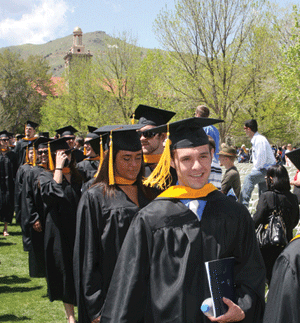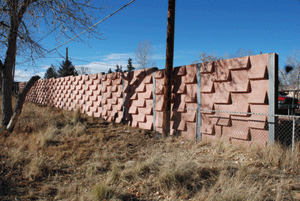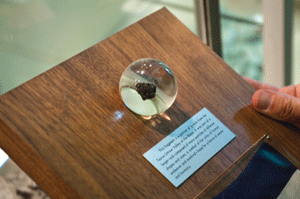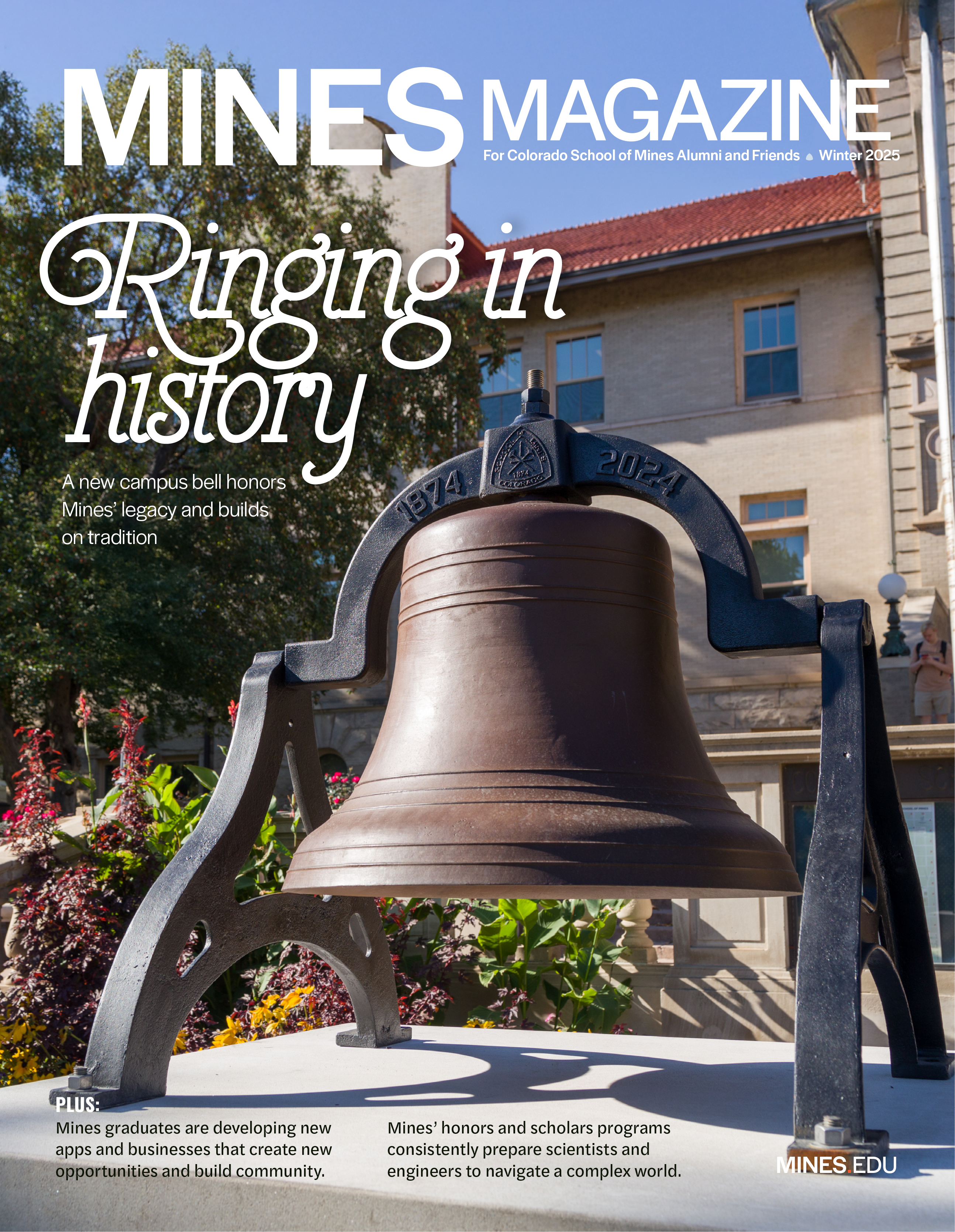As is the case with many Nobel Prizes, when news broke on the morning of October 9, 2013, that the chemistry award was going to three distinguished scientists for their respective contributions to the field of computational chemistry, most people didn’t have a clue what this meant. Not so for Mines students, where computational chemistry is integrated into the curriculum to an unusual degree.
Students use many of the tools of computational chemistry as early as the second semester of their freshman year, says Mark Eberhart, professor of chemistry and geochemistry, adding that while most universities cover the subject in their core theory, it’s unusual for undergraduates to have the chance to simulate chemical reactions with the kind of advanced software they can access at Mines.
Thanks in part to the theoretical work of the 2013 Nobel laureates, modern computational chemistry software enables scientists to model complex reactions in slow motion and intricate detail. Numerous advances in pharmaceuticals, medicine and materials have been enabled by simulating similar reactions, adjusting variables virtually so as to home in on a desired outcome. This information is then used to guide far more costly and time-consuming physical experiments. As Eberhart points out, computer modeling does not replace experimentation; the two approaches complement each other.
Eberhart has helped lead the integration of computational chemistry into the graduate and undergraduate curricula at Mines. Early exposure is important, he says, because it enables students to answer questions that arise as they learn, rewarding curiosity.
Last year, his students performed virtual experiments to determine why the chlorophyll in some sea plants is chemically different from that of land plants. Other students modeled the chemical reactions they studied in organic chemistry. And chemistry field session now includes an entire week of hands-on computer simulation of the reactions that students run in subsequent weeks. One student recently modeled the chemical bonding in explosives, trying to determine which bond is first to break and initiate an explosion, a phenomenon only dimly understood, but of great importance.
Another student, Tim Wilson, who will start a graduate program in chemistry next fall after wrapping up his bachelor’s degree in chemical engineering this spring, began using computational chemistry in his freshman year. The field captured his curiosity so much that today he’s developing new computational chemistry software.
“Computational chemistry allows us to cut out 90 percent of experimentation, so we can concentrate on the 10 percent where the most important results lie,” Wilson says.





